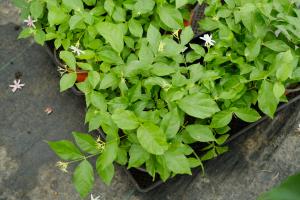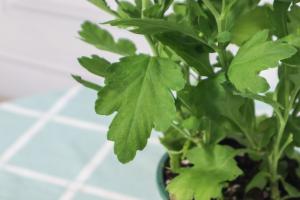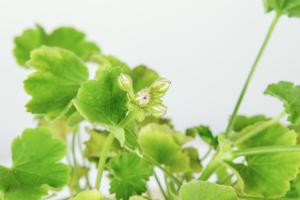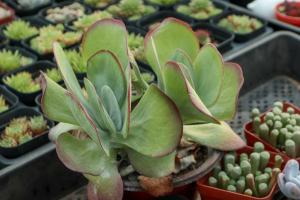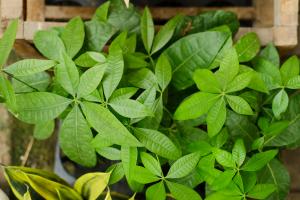Is a Banana Tree a Plant?
When we think of plants, we often imagine the green leaves and stems of flowers or vegetables. But what about fruit trees like the banana tree? Is it considered a plant? The short answer is yes, a banana tree is a plant, but let's explore further.
The Anatomy of a Banana Tree
A banana tree is a tropical plant that belongs to the family Musaceae. It is characterized by its large, paddle-shaped leaves that grow in a spiral formation around a central trunk-like structure called a pseudostem. The pseudostem is made up of tightly packed layers of leaf sheaths that give the tree its sturdy support. At the top of the pseudostem, the tree produces a flower spike that eventually turns into a cluster of bananas.
Classification of Banana Trees
The banana tree is classified as an herbaceous plant or non-woody plant. This means that while it may look like a tree, it does not produce true woody tissue or a bark like other trees. The trunk-like structure of the pseudostem is actually mostly composed of water-filled cells, making it more similar to a giant herb than a tree. Additionally, banana trees are classified as angiosperms, meaning they produce fruit with seeds enclosed in an ovary. These characteristics further support the banana tree's classification as a plant.
The Benefits of Banana Trees
As a plant, the banana tree offers a multitude of benefits. It is a source of dietary fiber, potassium, and other essential vitamins and minerals. Not only are the fruit and leaves of the banana tree edible, but they can also be used in a variety of ways. The large leaves are often used for wrapping food or as plates in some cultures, while the fibers of the pseudostem can be used to make textiles or paper. Additionally, banana trees are a sustainable crop and can provide food and income for local communities, making them a vital part of the agricultural industry in many parts of the world.
The Future of Banana Trees
While the banana tree is unquestionably a plant, its future may be uncertain. The widespread cultivation of the Cavendish banana, the most commonly consumed variety of banana, has resulted in a lack of genetic diversity that makes it vulnerable to disease. The spread of Panama disease, which targets the Cavendish banana, threatens to wipe out entire plantations, and new strains of the disease have emerged that are even more resistant to current treatments. As a result, efforts to develop disease-resistant bananas and diversify banana crops have become increasingly important.
Conclusion
In conclusion, the banana tree may not fit our traditional image of a plant, but it is undoubtedly a member of the plant kingdom. Its unique characteristics make it an important crop, and its potential decline due to disease highlights the importance of genetic diversity in agriculture. As we continue to learn about and appreciate the banana tree, we can work towards a more sustainable future for this incredible plant.

 how many times do yo...
how many times do yo... how many planted tre...
how many planted tre... how many pine trees ...
how many pine trees ... how many pecan trees...
how many pecan trees... how many plants comp...
how many plants comp... how many plants can ...
how many plants can ... how many plants and ...
how many plants and ... how many pepper plan...
how many pepper plan...